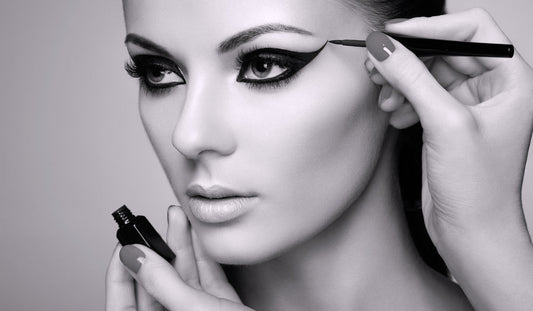
Some sunscreen toxins absorb into skin – fda regulations are being updated
The Food and Drug Administration (FDA) is in the process of updating its sunscreen regulation requirements. A small study funded by the agency has discovered that the active ingredients in sunscreen get absorbed into the bloodstream. Regulations for these ingredients haven’t changed since the 1970s, and the FDA is now asking for more information regarding 12 of the most commonly used active ingredients in sunscreen, like oxybenzone, octinoxate, octisalate, octocrylene, homosalate, and avobenzone. These ingredients are also absorbed into the bloodstream within hours and remain in levels that exceed the generally regarded as safe levels set by the FDA. Theresa Michele, director of the FDA’s division of nonprescription drug products and coauthor on the FDA-funded study, says. Everyone had always thought that because these are intended to work on the surface of the skin that they wouldn’t be absorbed, but they are…” As of yet, only two of the active sunscreen ingredients studied recently by the FDA have been deemed safe, zinc oxide and titanium dioxide. There are problems with zinc oxide and titanium dioxide as well. The shocking truth is the fact that both petrochemical sunscreens (avobenzone, methoxycinnamate, padimate-o and the like) and physical sunblocks (chemically-reacted synthetics titanium dioxide and zinc oxide) are not natural and have been found to generate free radicals when exposed to sunlight, which then can attack the nuclei of your skin cells and cause mutations. That’s right, they can cause skin cancer. Furthermore, sunscreen chemicals have been found to pass through the skin and mimic the effects of estrogen, which may disrupt the delicate balance of the body’s natural hormones. The most recent sunscreen study focused on proving how feasible a sunscreen use trial would be and gathering information on frequently seen active ingredients. Researchers used four different types of sunscreen formulations (two sprays, a lotion, and a cream) to test exposure levels of four different chemicals – avobenzone, oxybenzone, octocrylene, and ecamsule. All four of the chemicals registered significant exposure levels, and avobenzone, oxybenzone, and octocrylene reached those levels within the first six hours of application. Those elevated exposure levels also took at least 24 hours to decrease, with octocrylene concentrations taking the longest amount of time to decrease (84 hours). There is not enough information about these chemicals, although what we do know is concerning. Some active sunscreen ingredients like oxybenzone and avobenzone have been identified as endocrine disruptors. These chemicals also degrade when exposed to the sun, releasing free radicals and increasing skin cancer risks. It doesn’t help that many of these ingredients find their way into breast milk, amniotic fluid, and urine in addition to the bloodstream. Sunscreen can also impede the body’s ability to absorb vitamin D. Vitamin D deficiencies are no joke. A lack of the vitamin can result in fatigue, back pain, hair loss, and depression, among other things. This deficiency is widespread, even among populations with constant access to sunlight and it has been declared a pandemic by health organizations for over a decade. A study from 2010 counted over a billion people worldwide with insufficient vitamin D levels. As of last year, 42 percent of Americans were not getting enough vitamin D. While it’s possible to get vitamin D from diet, the best source is the sun. But sunscreen interrupts that absorption, making the product doubly problematic. It disrupts the intake of an essential nutrient while replacing it with improperly tested and potentially toxic chemicals. There are two types of skin cancer. There’s what’s called non-melanoma skin cancer and there is no question that excessive exposure to sunlight and sunburns will damage the DNA and induce skin cells to become cancerous. That is non-melanoma squamous and basal cell cancers. They are typically easy to detect, easy to treat. They’re not lethal, for the most part.” Dr. Michael Holick, Wear sunscreen has become a mantra. Professionals in the health and beauty sectors tout the benefits of the product left and right. There’s even a song about it! But none of that well-meaning advice addresses the possibility that sunscreen could be more harmful than previously thought. Ideally, new regulations will do something to bring those dangers to attention. (By Kristina Martin from OrganicLifestyleMagazine.com)
WHAT TO
READ NEXT
STAY IN
TOUCH
Sign Up and be among the first to learn about new mìsula announcements and products.
- Choosing a selection results in a full page refresh.
- Opens in a new window.












